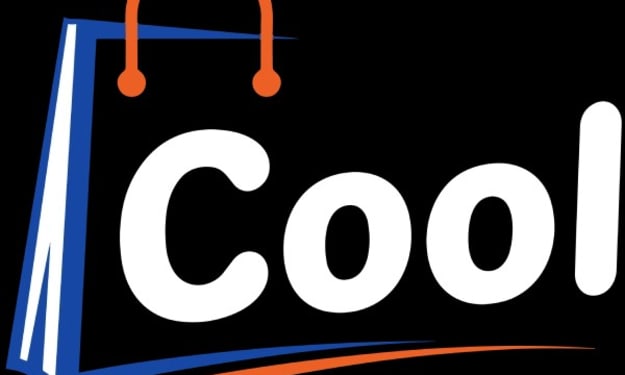Enhancing Document Security with eSignature Solutions | DrySign
Elevate Digital Documents Encryption Level with DrySign

In our fast-paced digital era, data holds complete power. It fuels businesses, drives decisions, and touches every aspect of our lives. But picture this: as you navigate the endless expanse of the internet, your precious digital treasure chest is constantly under siege. Welcome to the age of online threats, where your online data is the target, and the battle is very real.
In this blog, we'll emphasize the need to protect data and explore why it's crucial for everyone, from individuals to professionals. We store everything from personal photos to sensitive work documents digitally. Now imagine a world where anyone can try to break in, and the locks on your doors aren't foolproof.
Data security is not an option but an absolute necessity. By the end of the blog, you will learn about document encryption, its importance in protecting information, and the role of eSignatures.
Need for Document Encryption
The shift to digital documents has fundamentally transformed the way we conduct business and manage our personal affairs. Gone are the days of overflowing filing cabinets and mountains of paper cluttering our workspaces. Instead, we've embraced the convenience of digital files, allowing us to access and share information easily. Our most sensitive and valuable documents now exist digitally, from contracts and financial statements to medical records and academic transcripts. However, this transition to a paperless world has also exposed us to new and heightened security risks.
As we entrust our critical documents to the online space, the need for robust document encryption has never been more evident. Encryption serves as the digital equivalent of a secure vault, ensuring that our data remains confidential and intact. It involves using complex algorithms to transform our documents into a coded format that is virtually impossible for unauthorized individuals to decipher.
With the rise of online threats and data breaches, digital document encryption has become an essential safeguard. It preserves the confidentiality of our information while also upholding data integrity. In this age of digital vulnerability, encryption is the cornerstone of document security, assuring us that our valuable data remains shielded from prying eyes and cyber threats.
Don’t Miss to Read: https://bit.ly/3rMKkai
Role of Asymmetric Encryption in Document Security
At its core, asymmetric encryption is a powerful cryptographic technique that employs a pair of keys: public and private. Each key is unique, and both need each other for decryption. As the name suggests, the public key is available to the public, while the private key remains securely in the owner's possession. Below are the features that make it indomitable:
Confidentiality: Confidentiality is paramount in an age where sensitive documents are transmitted electronically. Asymmetric encryption plays a pivotal role by ensuring that only the intended recipient—possessing the private key—can decrypt and access the document's contents. This means that even if an unauthorized party intercepts the document during transmission, they cannot decipher its information without the private key.
Authentication: Document authenticity is another critical aspect of document security. Asymmetric encryption helps verify the sender's identity and ensures the document hasn't been tampered with during transit. When a document is digitally signed with the sender's private key, the recipient can use the sender's public key to confirm the signature's legitimacy, establishing trust in the document's origin.
Integrity: The integrity of documents is non-negotiable in legal, financial, and sensitive data contexts. Asymmetric encryption employs a cryptographic hash to create a unique fingerprint of the document. This hash is encrypted with the sender's private key and sent with the document. The recipient then uses the sender's public key to decrypt the document and verify that it matches his private key. Any alterations to the document would result in a mismatch, immediately alerting parties to potential tampering.
Non-Repudiation: Lastly, asymmetric encryption enhances non-repudiation, ensuring the sender cannot deny their involvement in the document's creation or transmission. Since the private key is required to produce a signature, only the legitimate sender could have generated it. This provides a robust legal basis, preventing the sender from disowning their actions in a document exchange.
What Is An Electronic Signature?
Electronic signatures are digital representations of an individual's or entity's intent to authenticate or approve a document, transaction, or record electronically. They are also known as e-signatures or eSignatures. E-signatures serve as a legally binding and secure method of signing documents without the need for traditional handwritten signatures.
Try the DrySign Free Version: https://bit.ly/45tk4zm
Benefits of E-Signatures in Various Documents
Sales Contracts
Legal Documents
Financial Documents
Approval Forms
Shipping Documents
Read More Information about “Enhancing Document Security with eSignature Solutions”: https://bit.ly/3PVIewY
Follow us on LinkedIn, Instagram, Twitter, Pinterest or Facebook





Comments
There are no comments for this story
Be the first to respond and start the conversation.